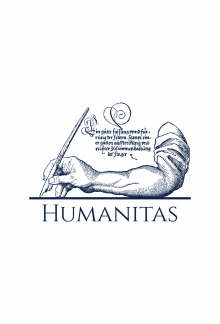
David Adlam
160 ECG Cases
Balsavo 0
ISBN: 9780323937658
Autorius : David Adlam
Leidimo metai: 2024
Leidėjas: Elsevier
Leidinio kalba: Anglų
Formatas: Minkšti viršeliai
Autorius : David Adlam
Leidimo metai: 2024
Leidėjas: Elsevier
Leidinio kalba: Anglų
Formatas: Minkšti viršeliai
Kaina:
Šių parametrų produkto neturime
Likutis pakankamas
Iš leidyklos gausime per 3-5 savaitės. Galimas vėlavimas
Turime sandėlyje. Pristatymas Lietuvoje 1-4 d.d.
Iš leidyklos gausime per 3-5 savaitės. Galimas vėlavimas
Pristatymo sąlygos
Aprašymas
A companion to <i>The ECG Made Easy</i> and <i>The ECG Made Practical</i>, <i>160 ECG Cases</i> provides the invaluable opportunity to practise ECG interpretation in a way that is as close as possible to gaining real-world experience in the clinic.<br> <br><i>160 ECG Cases</i> presents clinical problems in the shape of simple case histories together with the relevant ECG. Detailed answers concentrate on the clinical interpretation of the results and give advice on what to do. The book can be used as a stand-alone method of practising ECG interpretation, and even with the most difficult ECGs, a beginner will still be able to make an accurate description of the trace and will be guided towards the key aspects of the interpretation.<br> <br>Ideal for students and all healthcare professionals who use ECGs in their day-to-day practice, <i>160 ECG Cases</i> will help consolidate learning, apply ECG findings to patient management, and build readers’ proficiency and confidence.<ul><li>All the cases are cross-referenced to the new editions of <i>The</i> <i>ECG Made Easy</i> and <i>The ECG Made Practical</i> for further information.</li><li>All ECGs are taken from real patients from the authors’ clinical practice.</li></ul><ul><li>Now divided into 5 parts: <ul><li>Part 1 features ECGs commonly seen in clinical practice, including examples of the most important abnormalities, together with common variations of normality.</li><li>Part 2 asks the reader if they can beat the computer: are the automated reports correct or incorrect?</li><li>Part 3 is single lead traces, taken from smart watches and other modern devices</li><li>Part 4 includes serial ECGs where 2 ECGs have been taken from the same patient over a period of time: can you tell what has changed?</li><li>Part 5 features more challenging ECGs, including patterns seen less frequently in clinical practice.</li></ul></li><li>New flow chart to aid interpretation and reporting.</li></ul>
Atsiliepimai (0)
Palikite atsiliepimą
